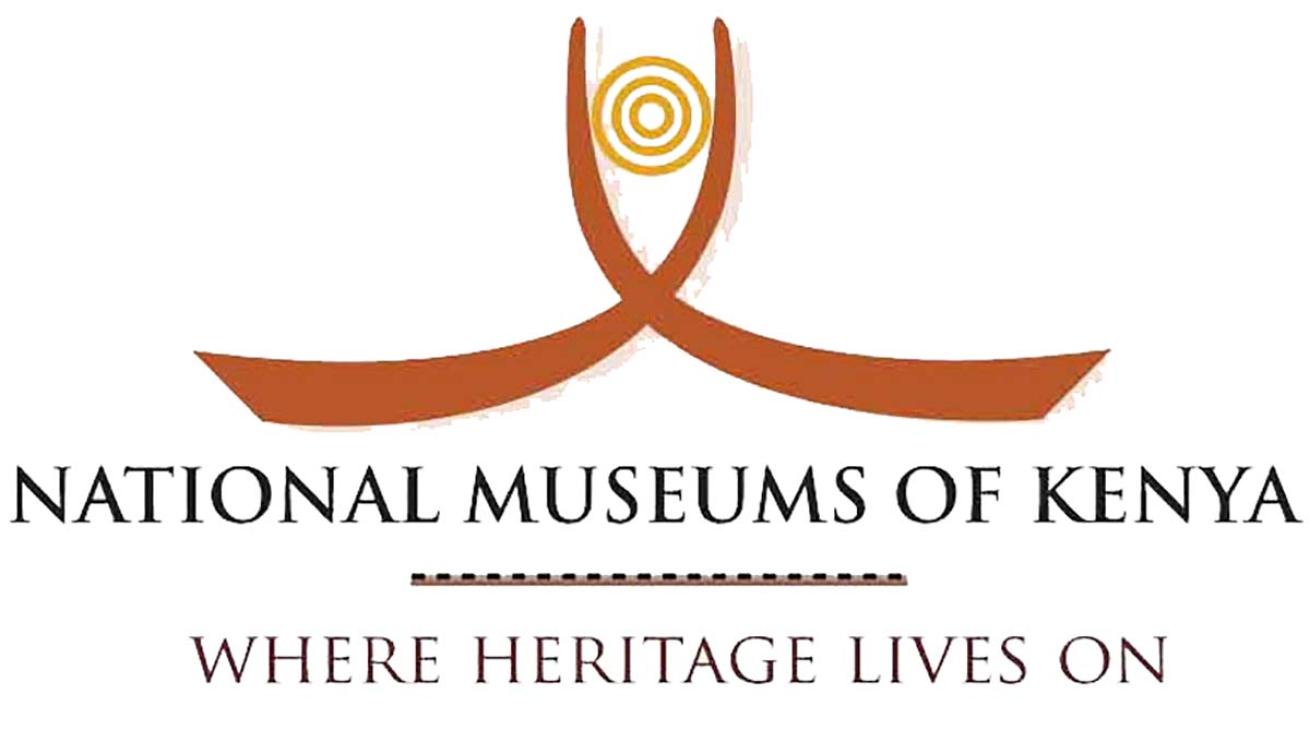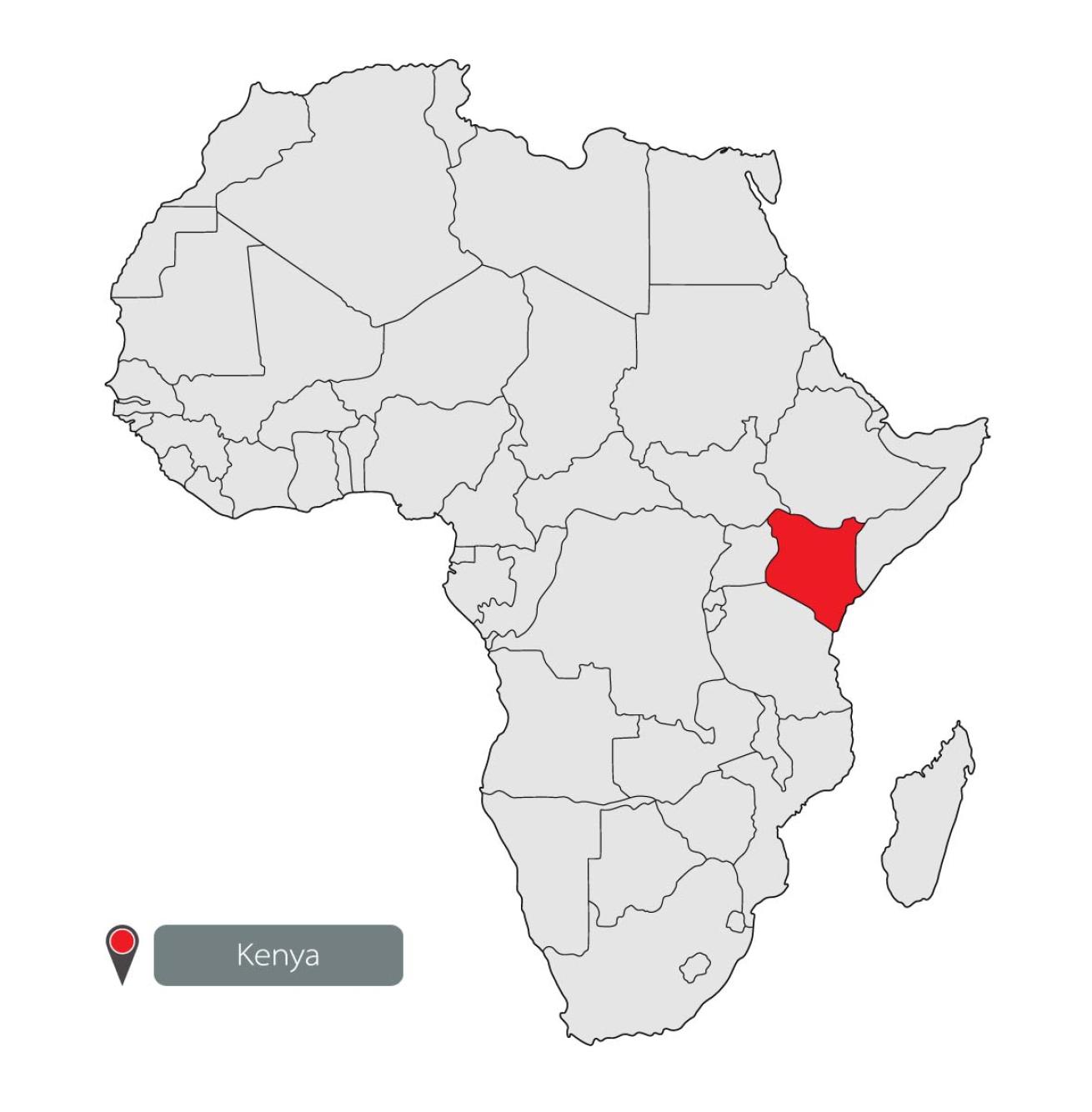First Underwater Museum in Sub-Saharan Africa to Open in Kenya

Courtesy ImageNational Museums of Kenya
Sub-Saharan Africa’s first underwater museum is being crafted off the coast of Kenya. Once complete, it will stretch about 85 miles from Lamu to Malindi, featuring over 30 wrecks, artwork and other artifacts.
Many of the shipwrecks were made of wood and metal and were carrying materials such as ivory, cinnabar and copper when they sunk. Some of the shipwrecks are more than 600 years old, but their cargo has remained intact. Tour guides will be available to take divers to certain sites. The museum’s artwork will that include pieces focused on the East African slave trade and displays will feature artifacts like iron tools and concrete objects.

Shutterstock.com/Gaulois_sThe Kenyan coast lines the Indian Ocean.
“The museum … will also showcase and demonstrate the interaction between art and environmental science in a unique way,” Cesar Bita, one of the museum’s leading archaeologists, tells the Mail & Guardian. “A large part of the project also has to do with the sea environment in that part of Kenya.”
Preservation of the wrecks is front-and-center for his team as they prepare them for increased visitation.
“We have built sandbag walls around some wrecks [to] break the strength of the waves,” Bita tells Business Daily Africa. For others, project leaders “advise that they are covered with special nets. The net attracts small sand particles that over time form a mount over the sites. This prevents the wreck from being swept away or getting broken.”
Once operating at full capacity, the museum expects between 90,000 and 200,000 visitors per year. A second African underwater museum is in the works in Alexandria, Egypt.
“We are trying to develop projects that relate to blue economy, and that are cultural,” Bita says. “Cultural heritage is one of the biggest attractions in Kenya.”










